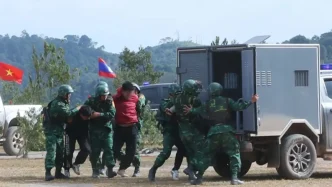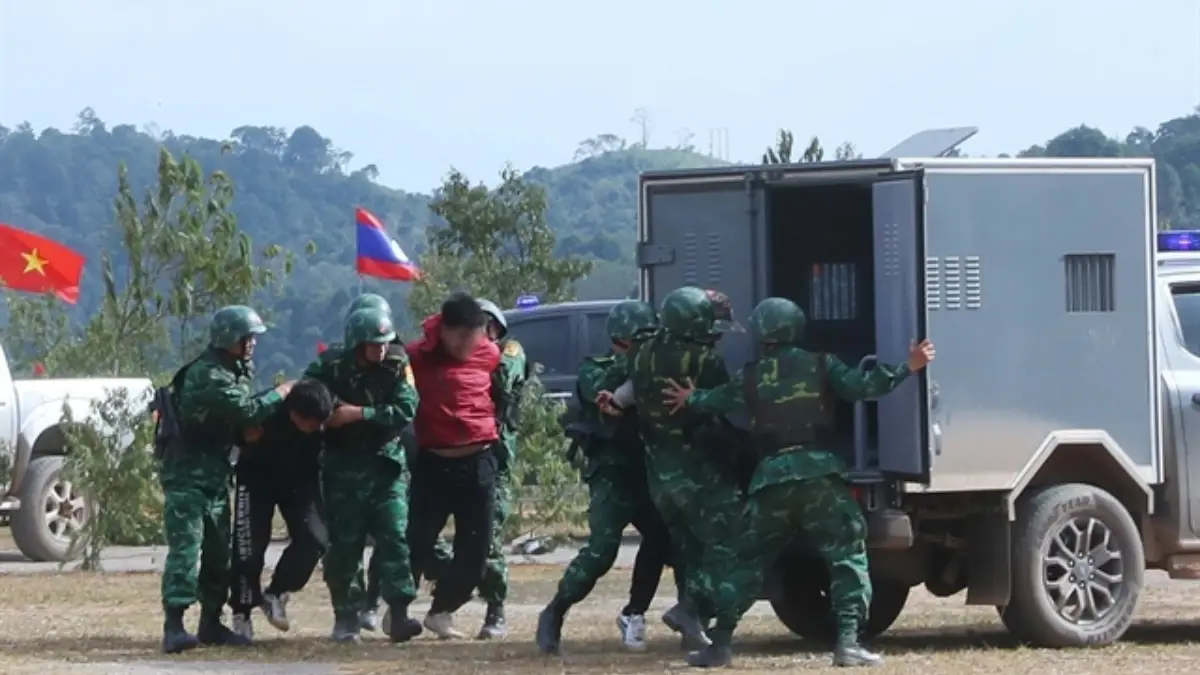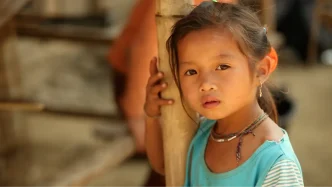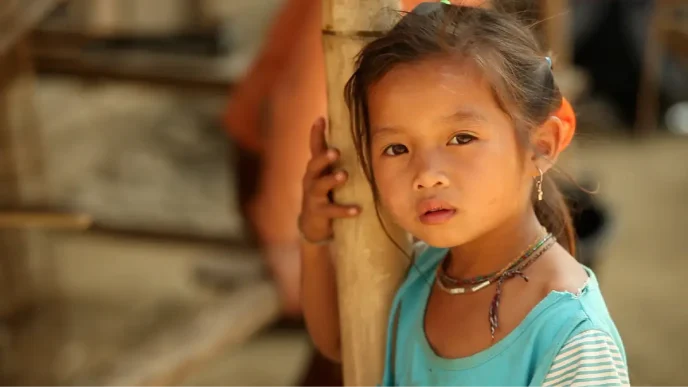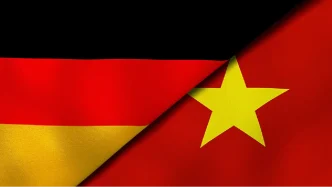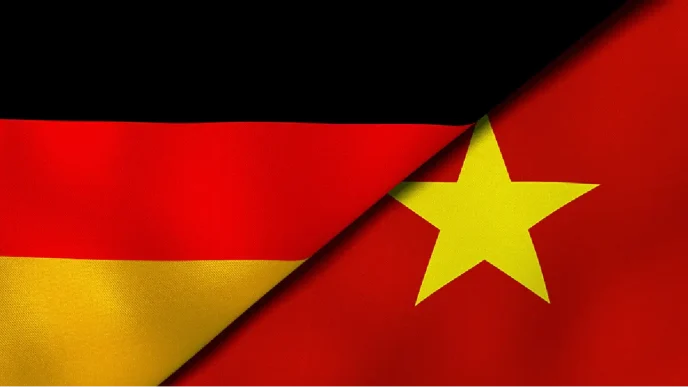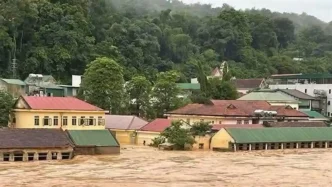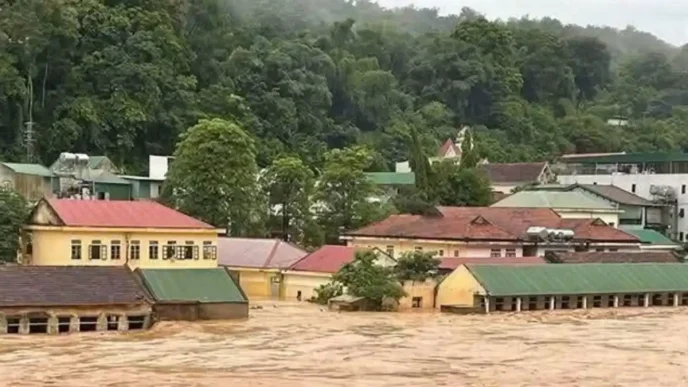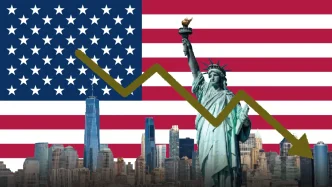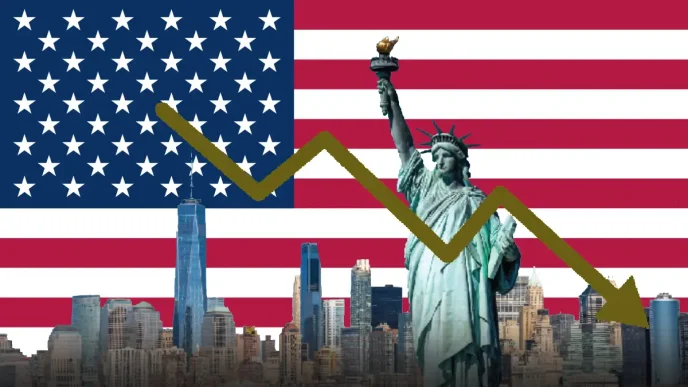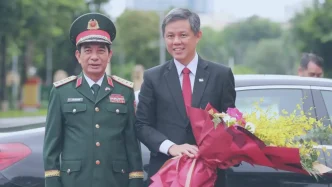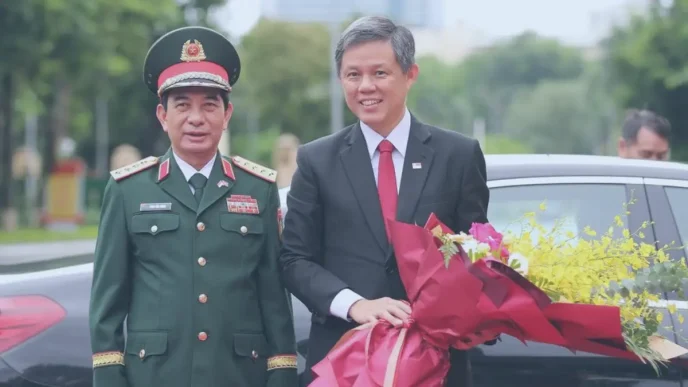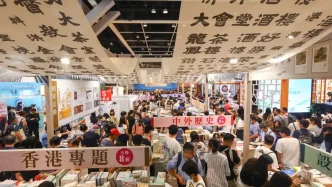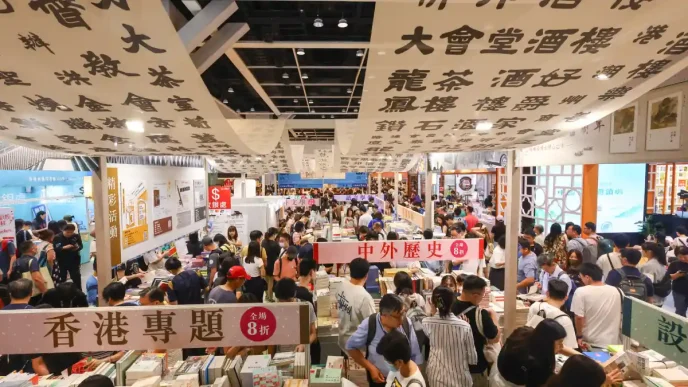In a significant crackdown on cross-border drug trafficking, authorities in central Vietnam have arrested two Laotian nationals caught smuggling a substantial haul of narcotics. The late-night operation, conducted on July 21, 2025, underscores the persistent challenge of illicit drug flows in the region and the coordinated efforts of Vietnamese law enforcement to curb this transnational crime.
Ambush on National Highway 9
The arrests took place at approximately 9:30 p.m. on July 21 along National Highway 9, near Km58+800 in Khe Sanh Commune, Quang Tri Province. A joint task force, comprising border guards, reconnaissance units, drug enforcement officers, and traffic police, intercepted the suspects during a meticulously planned ambush. The two individuals, a man and a woman from Khammouane Province in Laos, were apprehended while attempting to transport illegal drugs into Vietnamese territory.
Authorities seized 17 kilograms of synthetic crystal methamphetamine and 6,000 ketamine pills from the pair. The suspects were immediately taken to the Lao Bao Border Post for questioning, with investigations ongoing to uncover potential links to broader trafficking networks. This bust marks a notable success for Vietnamese authorities, who have intensified efforts to secure porous border regions often exploited by smugglers.
Escalating Drug Trade Across Borders
The Vietnam-Laos border, stretching over 2,000 kilometers through rugged terrain, has long been a hotspot for illicit activities, including drug trafficking. Synthetic drugs like methamphetamine and ketamine, often produced in clandestine labs in neighboring countries, are frequently smuggled into Vietnam for domestic distribution or onward transit to other parts of Southeast Asia. Quang Tri Province, with its proximity to Laos, serves as a critical entry point, making it a focal area for law enforcement.
The scale of this seizure—17 kilograms of crystal meth alone—highlights the growing sophistication and boldness of trafficking operations. Synthetic drugs have surged in popularity due to their relatively low production cost and high profitability, fueling a regional epidemic that governments are struggling to contain. Vietnam, in particular, has seen a sharp rise in drug-related arrests in recent years, with authorities seizing record quantities of methamphetamine and other substances.
Beyond the immediate impact of this arrest, the incident raises broader questions about the effectiveness of current border security measures. While joint operations like the one in Quang Tri demonstrate a commitment to tackling the issue, the sheer volume of drugs crossing borders suggests that traffickers continue to exploit gaps in surveillance and enforcement. The rugged, mountainous terrain along the Vietnam-Laos border, coupled with limited resources for continuous monitoring, poses an ongoing challenge for authorities.
Regional Cooperation and Challenges
Combatting drug trafficking in Southeast Asia requires robust cooperation between nations, as criminal networks often operate across multiple borders. Vietnam and Laos have historically maintained agreements to address transnational crime, including joint patrols and intelligence sharing. However, implementation remains inconsistent, hampered by differing priorities, resource constraints, and, at times, allegations of corruption within local enforcement agencies.
The arrest of Laotian nationals in Vietnam also underscores the socioeconomic factors driving individuals into the drug trade. Khammouane Province, like many rural areas in Laos, faces economic hardship, with limited opportunities for legitimate employment. For some, the promise of quick profits from smuggling outweighs the risks of arrest or violence. Addressing the root causes of trafficking—poverty, lack of education, and weak governance—remains a critical, yet elusive, goal for regional governments.
Moreover, the demand for synthetic drugs within Vietnam and beyond continues to fuel the trade. Urban centers like Ho Chi Minh City and Hanoi have reported rising drug use among young people, with ketamine and methamphetamine becoming drugs of choice in nightlife scenes. Public health campaigns and rehabilitation programs are in place, but experts argue that more comprehensive strategies are needed to reduce demand and disrupt supply chains simultaneously.
Broader Implications for Vietnam’s Drug Policy
Vietnam’s approach to drug trafficking is characterized by stringent laws and harsh penalties, including life imprisonment and, in some cases, the death penalty for large-scale trafficking. The government has also ramped up public awareness initiatives, often marking international observances like the UN’s International Day against Drug Abuse and Illicit Trafficking with high-profile events. For instance, in June 2024, officials in Phnom Penh, Cambodia, publicly destroyed seized drugs to symbolize their commitment to eradicating the trade—a gesture mirrored in Vietnam through similar ceremonies.
Yet, despite these efforts, the drug trade persists, driven by evolving tactics among traffickers. Smugglers frequently change routes, use advanced concealment methods, and exploit technology to coordinate their operations. In response, Vietnamese authorities have invested in training and equipment for border units, as well as partnerships with international organizations to enhance detection capabilities. The July 21 operation in Quang Tri, involving multiple law enforcement branches, reflects this multi-pronged strategy.
Still, questions linger about the long-term impact of such arrests. While intercepting 17 kilograms of methamphetamine prevents a significant amount of harm, it represents only a fraction of the drugs likely crossing the border daily. Analysts suggest that without dismantling the larger networks orchestrating these shipments—often based in remote areas of the Golden Triangle, where Myanmar, Laos, and Thailand converge—individual arrests may have limited effect.
Human Cost of the Drug Trade
Beyond policy and enforcement, the drug trade exacts a profound human toll. Communities along border areas like Khe Sanh Commune live in the shadow of trafficking, with families sometimes drawn into the trade out of desperation. The arrested Laotian nationals, whose identities have not been disclosed pending investigation, likely face severe penalties if convicted, leaving behind dependents who may struggle to survive without their support.
In Vietnam, the ripple effects of drug use touch countless lives, from addiction-related health crises to the strain on social services. Families of users often bear the burden of stigma and financial hardship, while law enforcement officers risk their lives in operations like the one on July 21. The broader societal impact—lost productivity, increased crime, and eroded trust in institutions—further compounds the crisis.
Looking Ahead: A Persistent Battle
As investigations into the Quang Tri seizure continue, Vietnamese authorities are likely to intensify scrutiny of border crossings with Laos, potentially leading to more arrests in the coming weeks. The case also serves as a reminder of the interconnected nature of Southeast Asia’s drug trade, where a bust in one country often reveals ties to others. For now, the focus remains on disrupting supply lines and deterring would-be smugglers through visible enforcement actions.
Yet, the battle against drug trafficking is far from won. With each seizure, new questions arise about the sustainability of current approaches and the need for deeper regional collaboration. As Vietnam grapples with this complex issue, the balance between enforcement, prevention, and addressing root causes will determine whether operations like the one in Quang Tri can translate into lasting progress.

